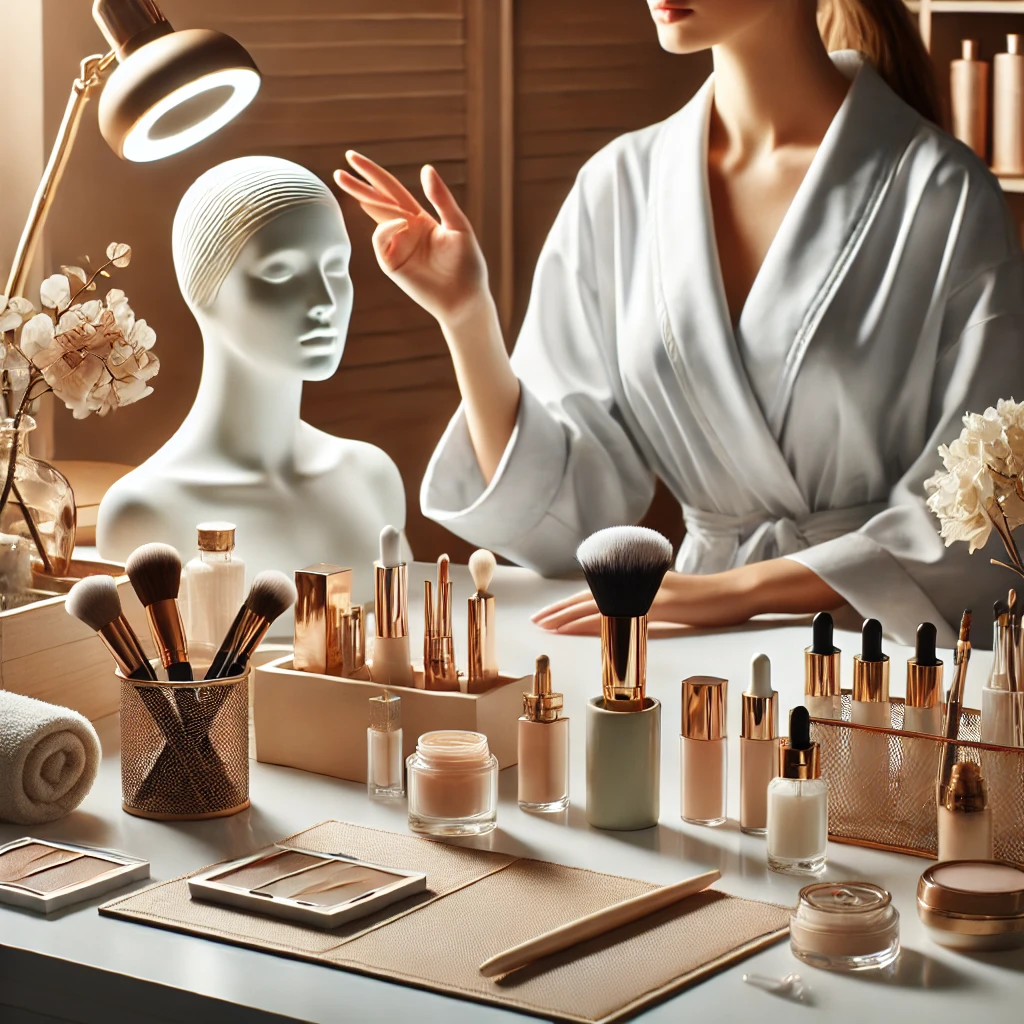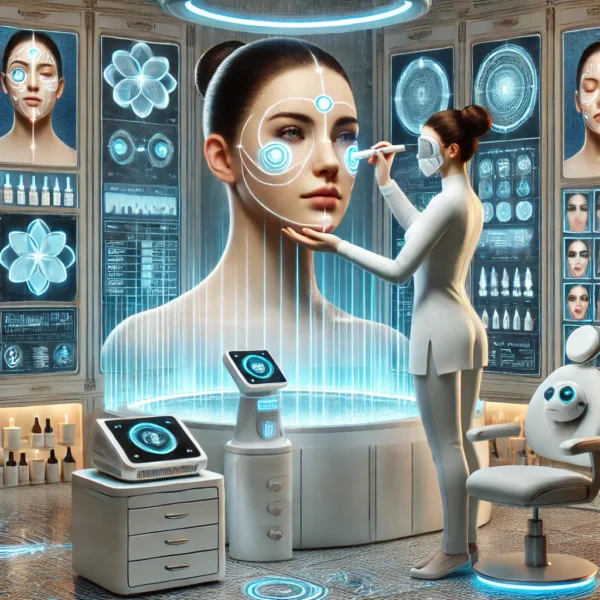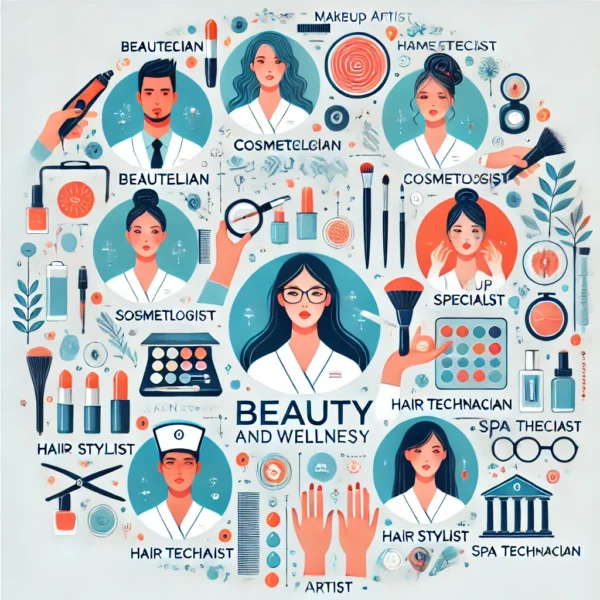
Beauty has always played a significant role in human history. From ancient civilizations to modern society, the perception of beauty has shaped cultures, influenced industries, and impacted psychological well-being. But what does beauty truly mean? Is it just an aesthetic ideal, or does it go deeper, influencing emotions, confidence, and self-expression? This article explores the cultural, psychological, and industry perspectives on beauty and its evolving role in our lives.
The Psychological Impact of Beauty
- Beauty and Self-Perception
Our perception of beauty directly affects self-esteem and confidence. Studies suggest that individuals who feel attractive tend to have higher self-worth, while those who struggle with their appearance may experience self-doubt and insecurity.
- The Halo Effect
The “Halo Effect” is a cognitive bias where people assume that attractive individuals possess positive personality traits. This perception influences social interactions, career opportunities, and even judicial outcomes.
Also read:
- Beauty and Mental Health
While beauty can boost confidence, the pressure to conform to societal beauty standards can also lead to anxiety, depression, and body image disorders. The rise of social media has amplified these issues, making self-acceptance more challenging.
Cultural Differences in Beauty Standards
- Beauty Across Continents
- Western Ideals: Symmetry, clear skin, and a slim figure are often emphasized in Western cultures.
- Asian Beauty Standards: Fair skin, youthful appearance, and delicate features dominate beauty ideals in many Asian countries.
- African and Indigenous Perspectives: Emphasis on natural beauty, rich skin tones, and body adornments reflect cultural heritage and individuality.

- The Impact of Globalization
With the rise of global media, beauty ideals have begun to merge, creating a more homogenized standard. However, recent movements advocating for inclusivity and diversity are reshaping the industry.
The Influence of Social Media and Advertising
- The Power of Influencers
Social media has redefined beauty by allowing influencers to set trends and shape public perception. Platforms like Instagram and TikTok showcase diverse beauty, but they also perpetuate unrealistic filters and editing tools.
- Advertising and Consumer Behavior
Beauty brands spend billions on advertising to market products that promise youth, perfection, and desirability. The impact of these campaigns can shape beauty ideals and consumer behavior, making individuals more conscious of their appearance.
- The Rise of Body Positivity
Movements like body positivity and self-love challenge traditional beauty norms. Campaigns promoting natural beauty and self-acceptance are gradually shifting the narrative towards inclusivity and self-worth beyond appearance.

Ethical Beauty Practices and Sustainability
- The Shift Towards Clean Beauty
Consumers are increasingly conscious of ingredients, leading to a rise in clean and organic beauty products free from harmful chemicals.
- Cruelty-Free and Vegan Beauty
Animal testing has been a major ethical concern in the beauty industry. More brands are now adopting cruelty-free and vegan formulas, ensuring ethical production.
- Sustainable Packaging and Eco-Friendly Initiatives
With environmental concerns rising, sustainable packaging and zero-waste beauty products are gaining popularity, reducing the carbon footprint of the industry.
Beauty is more than just aesthetics—it is deeply intertwined with psychology, culture, and industry. As perceptions evolve, there is a growing emphasis on self-acceptance, diversity, and ethical practices. Whether through social media, cultural heritage, or personal self-care routines, beauty continues to shape and reflect human experiences. Understanding its impact allows us to navigate this ever-changing landscape with a balanced and informed perspective.



